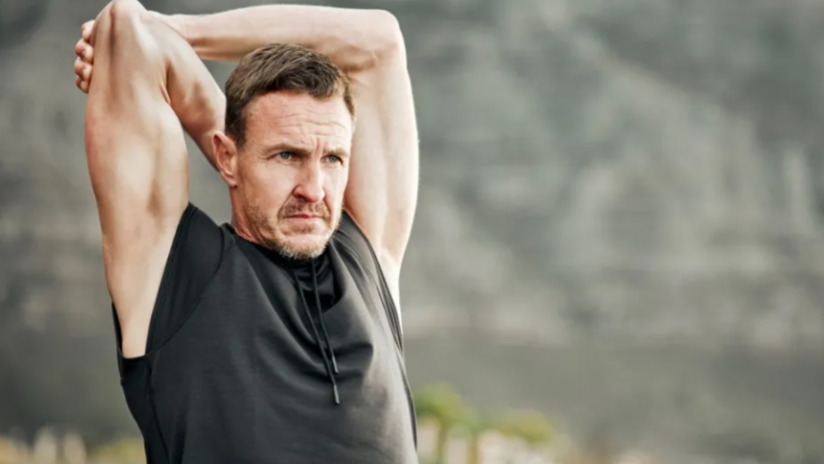
The Stretch of Time: Learning to Move Again After 50
Share
At 55, I’ve come to accept that my body has its own way of reminding me about the life I’ve lived.
Every knock, strain, and injury I shrugged off in my younger years has left its mark — a collection of tight tendons, stubborn muscles, and creaky joints that all have their own opinion about how far I should move. I’ve never been naturally flexible; I’ve always been what you might call a “stiff person.” But these days, I’m learning that stiffness doesn’t have to mean stillness.
Stretching, for me, has become both a humbling and healing practice. It’s not elegant, it’s not easy, and it certainly isn’t painless. Some days, I can barely manage half the range of motion that’s shown in the glossy exercise videos. But that’s okay — because the truth is, any movement is better than none.

When we reach our fifties and beyond, flexibility becomes less about touching our toes and more about keeping our independence, improving circulation, and maintaining mobility for daily life. It’s about being able to reach that high shelf, twist comfortably to reverse the car, or simply wake up without feeling like our bodies have rusted overnight.
In my own experience, stretching has also been as much a mental reset as a physical one. When I first started, I was frustrated — angry even — that I couldn’t move the way I used to. Every tight hamstring or twinge in my shoulder felt like a reminder of what I’d lost. But over time, I learned to shift my focus. Instead of comparing myself to the person I was twenty years ago, I began to celebrate the progress I am making now.
A few gentle stretches in the morning, or ten mindful minutes after a workout, can make all the difference.
Even when I’m limited by old injuries, I find that the act of simply showing up for my body — of gently coaxing it to move, to lengthen, to breathe — helps me feel more alive and connected.
There’s a misconception that stretching should be easy or pain-free. The truth is, it can be uncomfortable — especially if you’ve been inactive or are dealing with old damage like I am. But there’s a difference between pain and progress. That mild discomfort you feel when you stretch a tight muscle? That’s your body waking up. That’s circulation returning to areas that have been stagnant.

I’ve also learned that consistency beats intensity. A few minutes each day, done thoughtfully and patiently, will have a greater impact than one ambitious session that leaves you sore for days. Stretching isn’t a competition — it’s a conversation between you and your body. Some days, your body will say, “Not today.” Other days, it might surprise you with how far it’s willing to go.
So, if you’re over 50 and feel like your body has started to tighten up — don’t give up on movement. Start small, move gently, and remember: progress isn’t about perfection, it’s about participation.
Every stretch, no matter how limited, is a quiet act of defiance against aging — a way of saying, “I’m still here, and I’m still moving.”